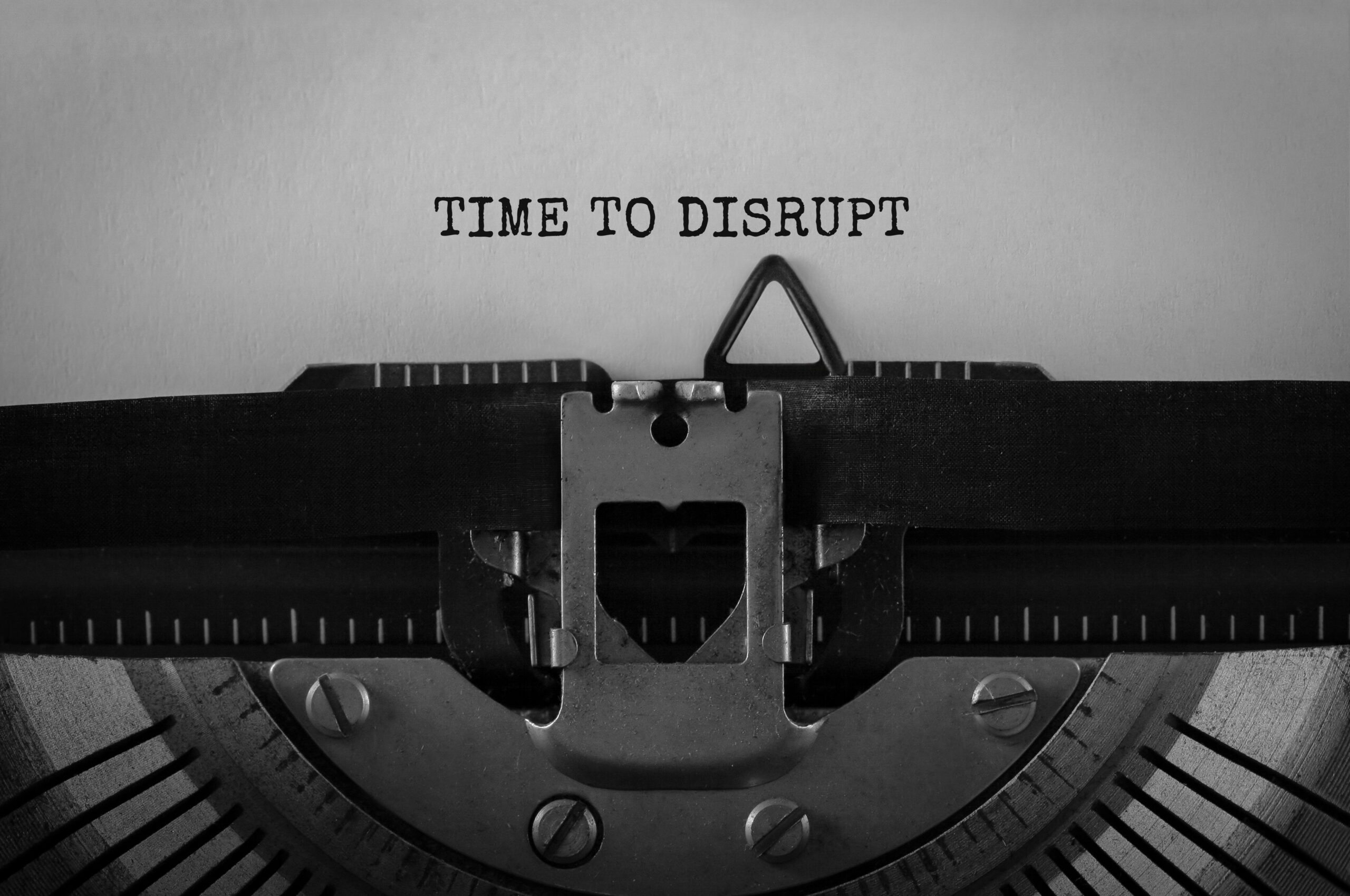No one wants to hear a consultant tell them they are about to “Disrupt” their business to innovate it in the marketplace again. Business owners might think that it means you have to close your doors and shut down for a while to repair the damages, but that is construction. We get it because we’ve gone through it and have used this method not only to scale forward but to propel our clients in their respective industries.
We are talking about performing an internal audit quarterly with Business Marke Analysis to continue to grow a healthy business. Although similar to construction, no demolition is needed to make adjustments and build on new principles. There is a technology/digital disruption, market disruption, and innovation disruption, which function in conjunction with each other in business.
So what is all this disruption about, and what does it mean? Business Dictionary helps us understand the three with the following definitions:
- Market Disruption – A decline in sales to the extent major economic hardships occur, such as one created by a surge in imports at the expense of domestic industry.
- Disruptive Technology – New ways of doing things that disrupt or overturn the traditional business methods and practices. For example, steam engine in the age of sail, and internet in the age of post office mail.
- Disruptive Innovation – The process of developing new products or services to replace existing technologies and gain a competitive advantage. For example, in a typical innovative high technology business, disruptive innovation tends to shake up a market when it is introduced externally, and it typically requires a more creative internal attitude toward the product development and promotion process.
If your company goal is to grow profitably, you need to understand how to begin disrupting the markets it serves and take market share away from competitors. Disruptive innovations are rarely Big Bang type changes; usually, they are minor, incremental, and evolutionary changes to existing products that customers perceive as offering better value than currently available.
Dr. Clayton Christensen, a Harvard professor, coined the term disruptive innovations, which affect markets by offering products or services that are typical:
- Cheaper
- Faster
- Higher Quality
- More Efficient
- More Durable
Five Steps to Disruptive Innovation
- Take an intricate and detailed look at the markets your company serves, the products that are sold, and the active competitors.
- Understand the “trajectory” of increased product performance over time in each market your company serves.
- Research customer buying behavior in each market – determine what changes are evident in the performance of products demanded by customers.
- Find opportunities for disruption when the product performance offered by sellers exceeds the performance demanded by customers – in other words, the trajectories are different.
- Now your company can develop products or services that meet the performance demanded by customers at a lower price and offer a better-perceived value. These products will disrupt competitors who have overshot with their offerings.
Challenges with Disruptive Innovation
Of course, there are challenges for companies that desire to offer disruptive products, and it’s important to be aware of these challenges from the beginning.
- Disruption and commoditization go hand in hand. Companies that overshoot with their products won’t win in the marketplace because either disruption will steal markets or commoditization will steal profits. Be prepared to understand that where the money is will shift in markets as these markets are disrupted.
- Disruptive innovation requires a separate strategic viewpoint – it must continually evaluate emerging, unanticipated problems, successes, and opportunities.
- Understanding what customers need and will buy is complex and requires understanding customer buying behavior.
- It’s difficult to achieve profitability quickly with disruptive innovations; these products take time to emerge and become visible to customers.


